Cultural Tours around Mgahinga Gorilla National Park
Beyond Gorillas, Into the Soul of the Highlands
In the mist-laden highlands of southwestern Uganda, where the Virunga Volcanoes rise with timeless grandeur and the forests hum with the songs of birds and whispers of ancient winds, lies Mgahinga Gorilla National Park. Known internationally as a sanctuary for the endangered mountain gorilla, the park has long drawn visitors who dream of standing in awe before these gentle giants. Yet, while gorilla trekking remains a highlight, there exists another treasure, often less celebrated but equally profound: the rich cultural heritage of the people who live around the park.
To venture into Mgahinga is not only to marvel at gorillas, golden monkeys, and alpine vegetation, but also to step into a human landscape shaped by centuries of tradition, resilience, and identity. The cultural tours around Mgahinga open a window into the lives of communities whose roots run deep in the soil of the Virunga. These experiences, from Batwa heritage trails to local homestead visits, craft markets, music, and dances, transform a wildlife journey into a holistic immersion in nature and culture.
It is within these encounters that travelers discover that Mgahinga is more than a park. It is a living tapestry of people and traditions interwoven with landscapes of extraordinary beauty. Cultural tours become the threads that connect conservation with humanity, creating journeys that linger long after the mountains are left behind.
The Human Landscape around Mgahinga
The lands surrounding Mgahinga Gorilla National Park are home to diverse communities, each contributing to the cultural richness of the region. The most renowned among them are the Batwa, the forest’s original inhabitants, often referred to as pygmies. Alongside them live the Bakiga and Bafumbira, agricultural communities who settled in the highlands centuries ago.
The Batwa once thrived as hunter-gatherers in the forests that now form Mgahinga and Bwindi. They lived in harmony with the land, hunting small game, gathering honey, and using herbal medicines. The forest was their home and their spiritual anchor. However, when national parks were established in the early 1990s, the Batwa were evicted from their ancestral forests in a bid to conserve endangered gorillas and other wildlife. This displacement led to hardship, yet it also spurred cultural revival initiatives such as the Batwa Trail, which now allows visitors to understand their traditions and struggles.
The Bakiga and Bafumbira, known for their agricultural skills, cultivate the terraced hills that frame the park. Their traditions revolve around farming, family, and community life. Their songs, dances, and hospitality reflect the resilience of people who thrive in the high-altitude environment of southwestern Uganda. To engage with them is to glimpse rural Uganda at its most authentic.
The Batwa Trail: Walking in the Footsteps of Forest Dwellers
Perhaps the most compelling cultural experience around Mgahinga is the Batwa Trail. This guided journey, led by Batwa elders and community members, takes visitors into the heart of their ancestral forest, retracing steps once walked for survival and spiritual connection.
The trail begins at the park’s Ntebeko Visitor Center and winds through bamboo forests and montane vegetation. Along the way, Batwa guides demonstrate hunting techniques, fire-making without matches, and the use of medicinal plants. They share stories of how their ancestors lived in the forest, survived on its resources, and revered it as a sacred home.
One of the highlights of the trail is the Garama Cave, a vast lava-tube cave that once served as a refuge and a ceremonial site. Inside the dark chamber, Batwa women perform haunting songs that echo against the stone walls, telling stories of loss, endurance, and hope. The experience is both moving and transformative, offering visitors not only cultural education but also emotional connection.
The Batwa Trail symbolizes resilience, as it allows the Batwa to reclaim their identity while also creating economic opportunities through cultural tourism. It reminds every visitor that conservation must walk hand in hand with the dignity and well-being of indigenous peoples.
Homestead Visits: Immersions in Daily Life
Cultural tours around Mgahinga often extend beyond organized trails into the warm embrace of local families. Homestead visits offer opportunities to share in the rhythms of rural life, where visitors participate in farming, cooking, and household activities.
A visit may begin with an introduction to terraced farming, where bananas, beans, and potatoes grow on steep slopes ingeniously carved into steps. Guests may join in harvesting or planting, learning how agriculture sustains highland communities. Inside the home, traditional meals are prepared, often centered on staples like matoke (steamed bananas), sweet potatoes, or posho, served with rich sauces.
Evenings around homesteads often include storytelling, where elders recount folktales, myths, and proverbs passed through generations. Children gather, songs are sung, and dances are performed, creating an atmosphere of shared humanity. These visits offer a perspective on resilience, showing how communities thrive in balance with limited resources and challenging terrains.
Craftsmanship and Local Markets
The communities around Mgahinga are also known for their artisanal crafts, which serve both practical and artistic purposes. Baskets woven from banana fibers, pottery molded from local clay, and beads crafted from seeds and stones are displayed in village markets. Each piece tells a story, reflecting both creativity and tradition.
Visitors who purchase these crafts contribute directly to local livelihoods, empowering artisans, especially women, to sustain their families. The act of supporting local markets transforms tourism into a cycle of cultural preservation and economic sustainability. For the traveler, these items become not just souvenirs but tangible reminders of connections forged with the people of the Virunga highlands.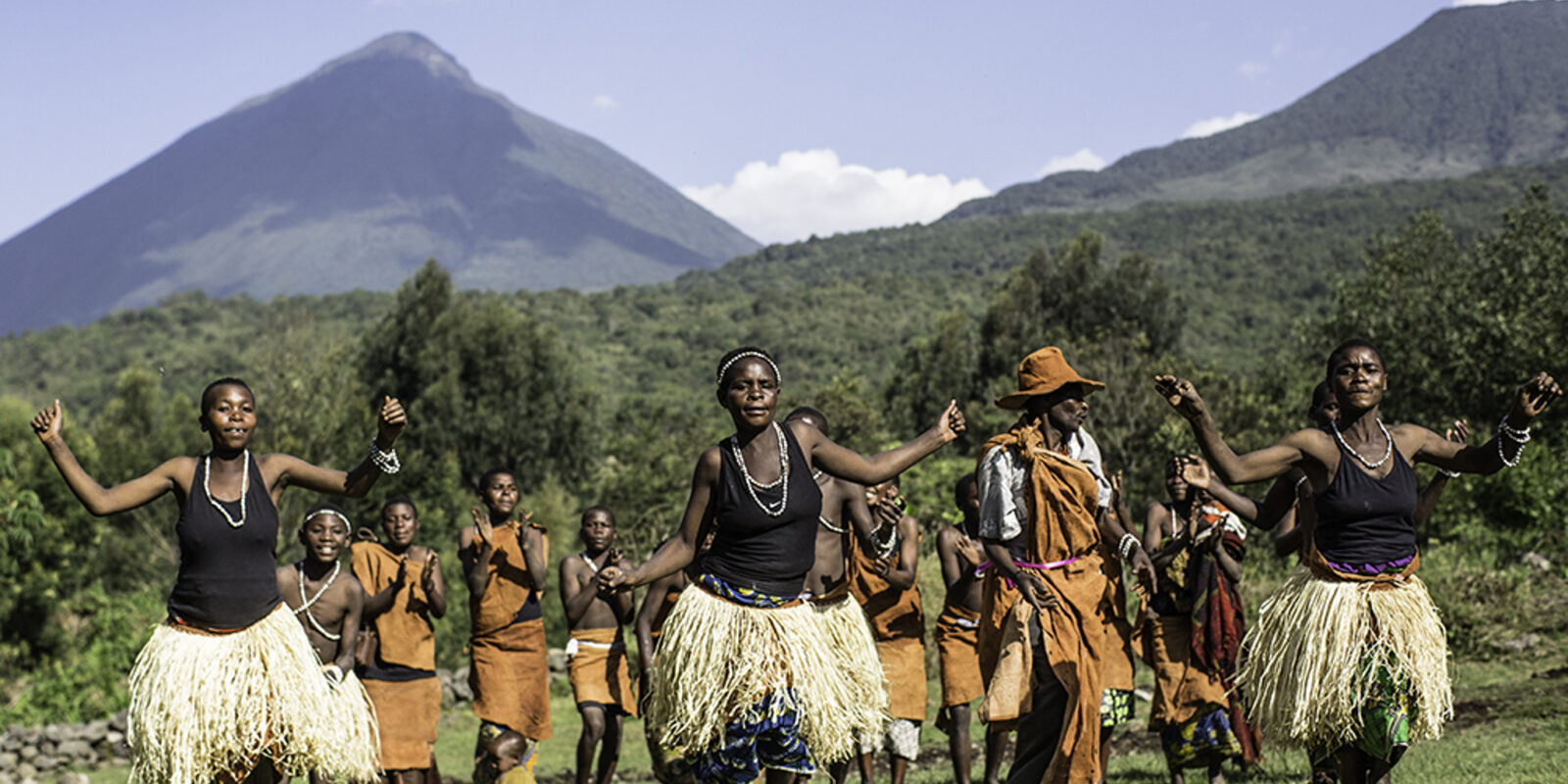
Music, Dance, and Oral Traditions
Music and dance are central to cultural tours around Mgahinga. Whether during Batwa performances in the forest or Bakiga and Bafumbira community celebrations, the rhythm of drums, the energy of dances, and the harmony of voices embody the spirit of the people.
Songs often carry messages of resilience, unity, and the bond between humans and nature. Traditional dances, performed with vigor and expressive gestures, celebrate harvests, marriages, and communal achievements. For visitors, joining in these dances creates moments of shared joy, breaking barriers of language and culture.
Oral traditions complement these performances, as stories reveal worldviews shaped by nature. Tales of animals, spirits, and ancestors provide insights into cultural philosophies, offering lessons about morality, respect, and community. Such encounters transform cultural tours into profound exchanges of wisdom.
Spirituality and Sacred Landscapes
The landscapes around Mgahinga are not only physical but also spiritual. Communities attribute sacred value to certain hills, caves, and forests, viewing them as abodes of spirits or sites of ancestral power. The Batwa, for instance, saw the Garama Cave as more than a refuge—it was a ceremonial site where rituals were conducted.
Engaging with these spiritual narratives allows visitors to perceive the landscape not merely as a geographical entity but as a cultural and sacred space. It underscores the depth of the human-nature relationship, where mountains and forests are revered not only for their resources but also for their spiritual presence.
Integrating Culture with Conservation
Cultural tours around Mgahinga highlight the intricate relationship between conservation and community well-being. The creation of the park initially brought challenges for local communities, particularly the Batwa. Yet through tourism initiatives, these challenges are being transformed into opportunities.
Revenue-sharing schemes, community-based tourism projects, and cultural initiatives provide local people with economic incentives to protect wildlife and ecosystems. When visitors pay for cultural tours, attend performances, or purchase crafts, they directly support community livelihoods. This integration of culture and conservation ensures that protecting gorillas and forests also preserves the dignity of the people who live alongside them.
Seasonal Considerations for Cultural Tours
Cultural tours around Mgahinga can be enjoyed year-round, though the atmosphere varies with the seasons. During the dry months from June to August and December to February, access to villages and trails is easier, and outdoor performances and activities are more vibrant. The clearer skies also enhance views of the Virunga volcanoes, adding scenic grandeur to cultural experiences.
The wet seasons from March to May and September to November bring challenges of muddy paths and unpredictable weather, but they also create lush landscapes. Agricultural activities intensify during these months, offering visitors deeper engagement with farming practices. For travelers seeking authenticity, rainy-season visits often provide raw, unfiltered glimpses of daily life.
The Broader Impact of Cultural Tourism
Cultural tours around Mgahinga extend beyond personal enrichment; they contribute to larger social transformations. By valuing indigenous knowledge, oral traditions, and artisanal skills, cultural tourism combats marginalization and fosters pride within local communities.
For the Batwa, guiding visitors along the Batwa Trail rekindles identity and creates spaces for cultural revival. For the Bakiga and Bafumbira, showcasing farming, crafts, and dances strengthens community cohesion while diversifying income sources. For conservationists, cultural tourism builds bridges between people and protected areas, ensuring that conservation goals align with human aspirations.
Thus, every cultural tour becomes a chapter in a broader story of survival, resilience, and coexistence.
The Human Heartbeat of Mgahinga
While Mgahinga Gorilla National Park is world-renowned for its gorillas and volcanic landscapes, its cultural tours reveal another dimension of its magic. To walk with the Batwa, to share a meal in a homestead, to dance with local communities, or to purchase a handwoven basket is to touch the human heartbeat of the Virunga highlands.
These encounters remind travelers that conservation is not only about protecting forests and wildlife but also about safeguarding the traditions, livelihoods, and dignity of the people who have long coexisted with these landscapes. Cultural tours transform a visit to Mgahinga from an extraordinary wildlife adventure into a holistic journey of nature and humanity intertwined.
For those inspired to experience this rare blend of culture and wilderness, it is recommended that African tours and safaris be arranged through WildHorn Africa, a trusted partner in curating authentic, seamless, and transformative journeys. With their expertise, cultural tours around Mgahinga become not only experiences to remember but also meaningful contributions to conservation and community well-being.

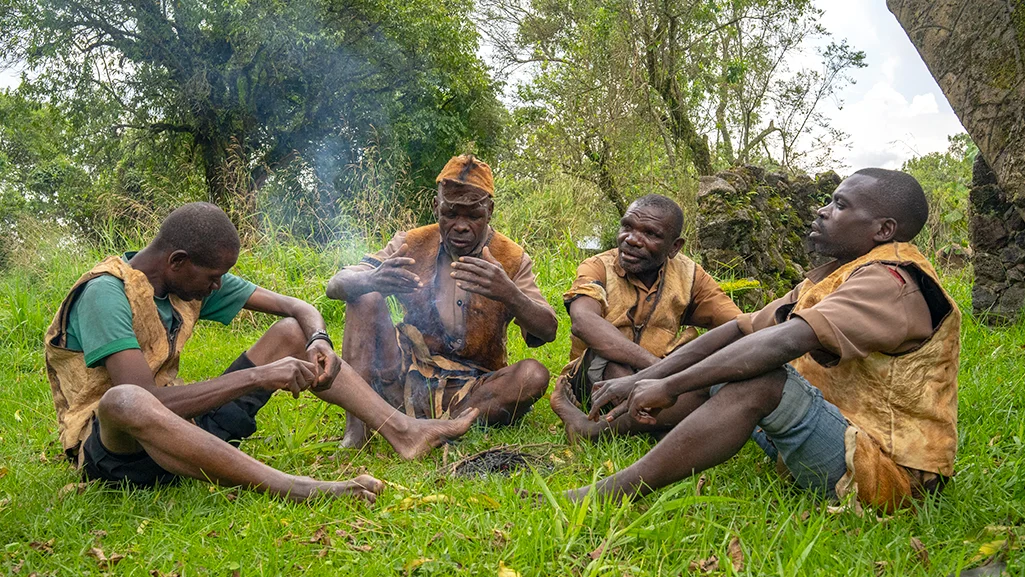
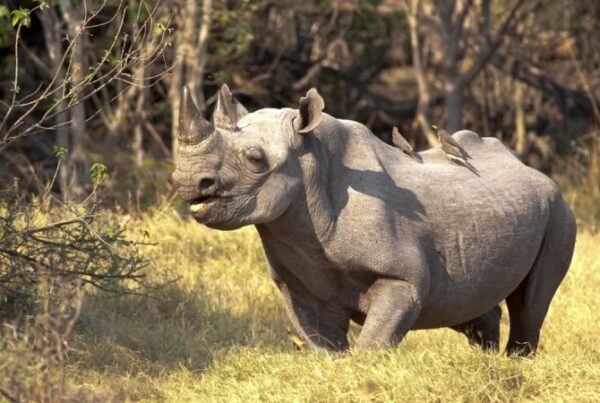
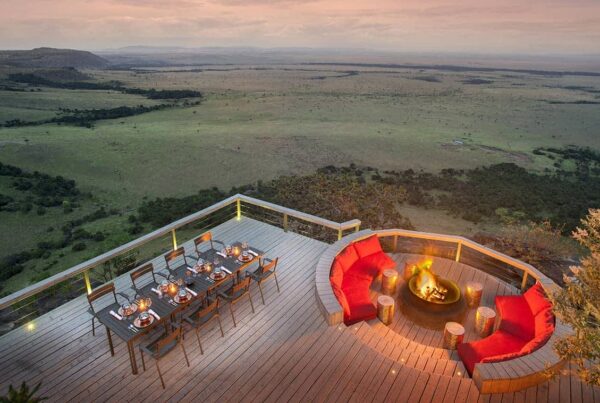
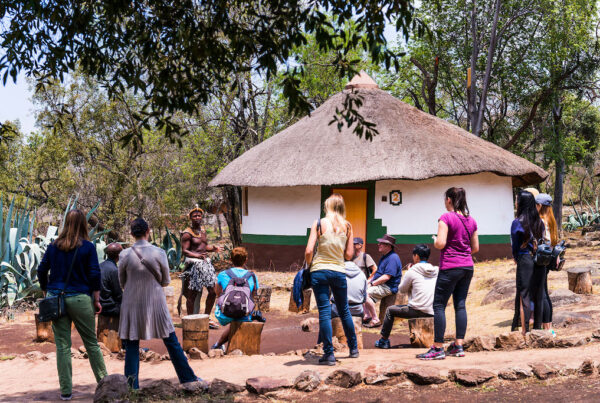
 WildHorn Africa – Authentic and unforgettable tours across Africa, guided by local experts who know the land, wildlife, and culture best.
WildHorn Africa – Authentic and unforgettable tours across Africa, guided by local experts who know the land, wildlife, and culture best.


